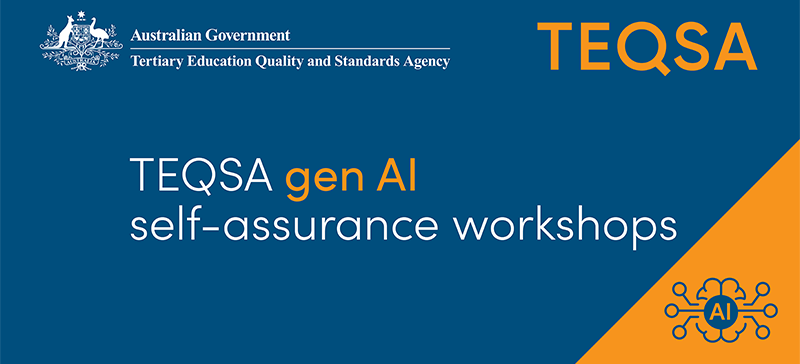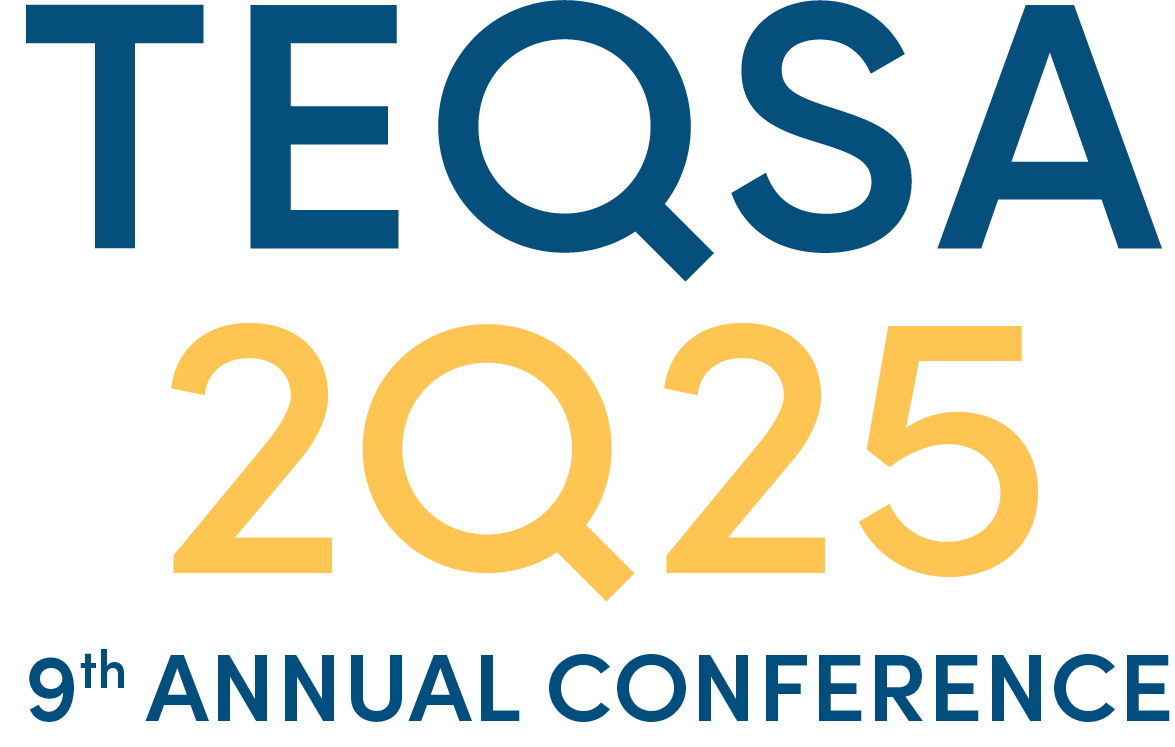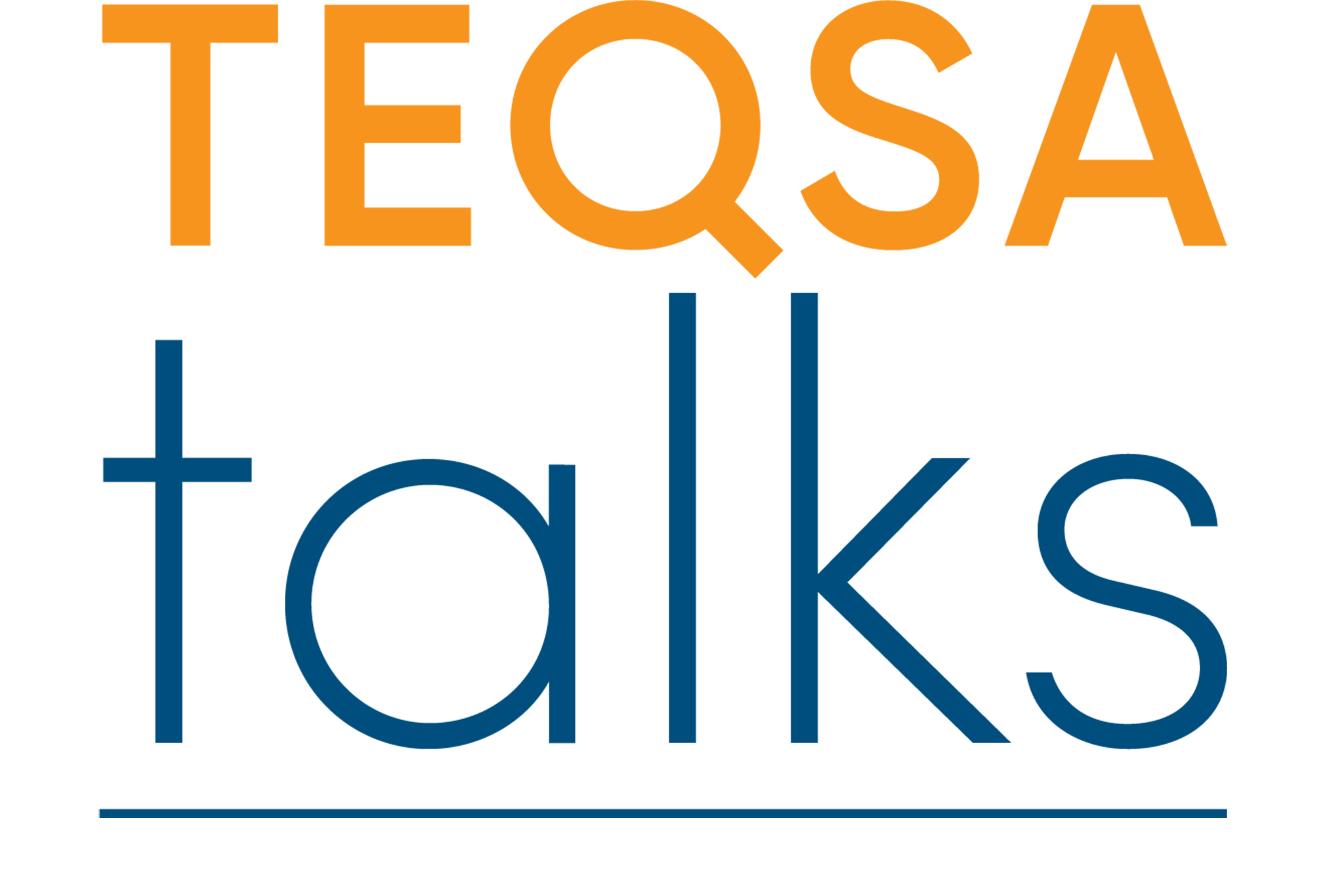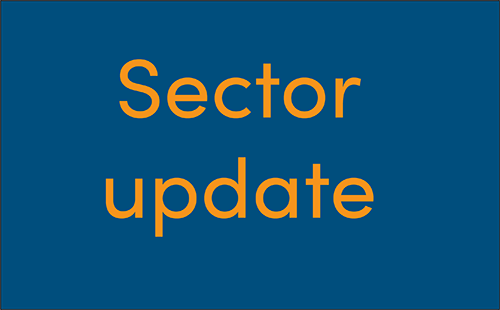TEQSA is committed to protecting the privacy of personal information. Our online privacy statement explains how we handle personal information and is an overview of our Complete Australian Privacy Principles (APP) Privacy Policy and Privacy Management Plan.
Consistent with the guidelines from the Office of the Australian Information Commissioner (OAIC), we use a layered approach to presenting our privacy policy.
Our complete Privacy Policy, which incorporates our Privacy Management Plan, can be accessed below.
Types of information collected by TEQSA
We collect and hold personal information for three main purposes:
- to perform our regulatory and quality assurance functions
- to manage our operations an Australian Public Service agency
- to comply with legislation/laws.
The type of information we collect and hold includes:
- for our regulatory and quality assurance functions, information relating to provider case management, regulatory complaints, enquiries and information obtained as part of our annual Provider Information Request
- for our management as an Australian Public Service agency, personnel records, financial management records, consultancy services records and legal services records
- to comply with legislation or other laws, records of requests for access under the Freedom of Information Act 1982.
Details of these types of information are set out in our Complete APP Privacy Policy and Privacy Management Plan.
Collection of information
Information about our regulatory functions is usually collected from:
- regulated entities
- publicly available sources
- other agencies or organisations with functions relevant to higher education or the regulation of higher education.
These include the Department of Education and Training and other organisations specified in our Information Guidelines.
Other information is usually collected directly from the individual unless:
- the individual has consented to the collection, or
- it is unreasonable or impracticable to do so, for example where TEQSA obtains an individual’s contact details from an entity listed on our Register of experts.
We only collect personal information which is reasonably necessary for, or directly related to, our functions or activities under the Tertiary Education Quality and Standards Agency Act 2011 (TEQSA Act) or the Education Services for Overseas Students Act 2000 (ESOS Act).
Our use and disclosure of personal information
We only use personal information for the purposes for which we collected it – purposes which are directly related to one of our functions or activities.
For information obtained for the purposes of our regulatory and quality assurance functions, we may disclose the information to:
- Commonwealth, state or territory agencies with responsibility for the regulation of education (including the Department of Immigration and the Australian Skills Quality Authority), for the purposes of informing assessment of applications
- credit rating agencies, for the purpose of checking credit history information of applicants or related entities
- experts contracted (by TEQSA) for the purpose of providing advice to inform assessment of applications.
TEQSA has a Memorandum of Understanding with the Productivity Commission to perform information technology services, financial processing and human resources management services.
We do not give personal information to other government agencies, private sector organisations or anyone else unless one of the following applies:
- the individual has consented
- the individual would reasonably expect, or has been told, that information of that kind is usually passed to those individuals, organisations or agencies
- it is otherwise required or authorised by law
- it will prevent or lessen a serious and imminent threat to somebody's life or health, or
- it is reasonably necessary for the enforcement of the criminal law or of a law imposing a pecuniary penalty, or for the protection of public revenue.
It is unlikely the records we hold that contain personal information will be disclosed to any overseas recipients.
Data security
We take all reasonable steps to protect the personal information we hold against loss, unauthorised access, use, modification or disclosure, and against other misuse.
When the personal information that we collect is no longer required, it is deleted/destroyed in a secure manner and in accordance with the Archives Act 1983, TEQSA’s Records Authority and the Privacy Act 1988.
Your information
You can access and ask for corrections to the personal information we hold about you. For more information, view our Complete APP Privacy Policy and Privacy Management Plan – ‘access and correction’.
Our obligations
We are bound by the Australian Privacy Principles in the Privacy Act 1988.
For more information see our Complete APP Privacy Policy and Privacy Management Plan.
Privacy Impact Assessment (PIA) Register
TEQSA is required under the Australian Privacy Principles Code to maintain a register of the PIAs it conducts and publish the register, or a version of the register, on its website. This register is posted below and is reviewed and updated twice yearly. This register was last reviewed and updated on 25 February 2025.
| Date |
Document Title |
| 14 November 2019 |
Documents obtained from the University of New South Wales regarding Australian and overseas providers |
| 30 March 2022 |
COVID-19 vaccination mandate |
| 13 May 2024 |
Student records management solution |
| 19 December 2024 |
Records management project (digital uplift) |
| 27 August 2025 |
PIMS 2.0 – P Drive Data Migration (Stage 1-3) |
How to contact us
For further information, or to make a complaint about our handling of personal information, contact:
Privacy Contact Officer
Tertiary Education Quality and Standards Agency
GPO Box 1672
Melbourne VIC 3001
Email: foi@teqsa.gov.au












